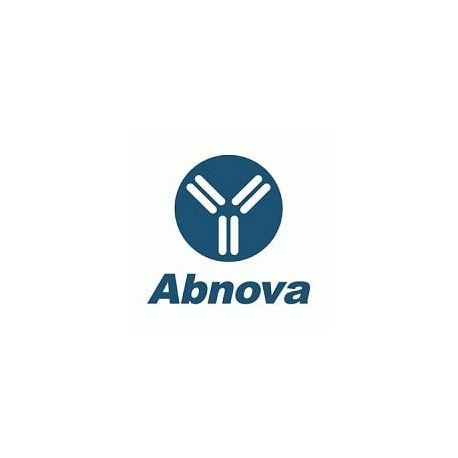Cart 0 Product Products (empty)
No products
To be determined Shipping
0,00 € Total
Prices are tax excluded
Product successfully added to your shopping cart
Quantity
Total
There are 0 items in your cart. There is 1 item in your cart.
Total products (tax excl.)
Total shipping (tax excl.) To be determined
Total (tax excl.)
Data sheet of TUBB3 (phospho S172) polyclonal antibody
| Brand | Abnova |
| Product type | Primary antibodies |
| Reactivity | Chicken,Human,Mouse,Rat |
| Host species | Rabbit |
| Applications | ELISA,ICC,WB-Ti,IF |
More info about TUBB3 (phospho S172) polyclonal antibody
| Brand: | Abnova |
| Reference: | PAB7903 |
| Product name: | TUBB3 (phospho S172) polyclonal antibody |
| Product description: | Rabbit polyclonal antibody raised against synthetic phosphopeptide of TUBB3. |
| Gene id: | 10381 |
| Gene name: | TUBB3 |
| Gene alias: | MC1R|TUBB4|beta-4 |
| Gene description: | tubulin, beta 3 |
| Immunogen: | Synthetic phosphopeptide (conjugated with KLH) corresponding to residues surrounding S172 of human TUBB3. |
| Form: | Liquid |
| Recommend dilutions: | ELISA (1:2000) Immunocytochemistry (1:100) Western Blot (1:1000) The optimal working dilution should be determined by the end user. |
| Storage buffer: | In PBS (50% glycerol, 1 mg/mL BSA, 0.05% sodium azide) |
| Storage instruction: | Store at -20°C. Aliquot to avoid repeated freezing and thawing. |
| Quality control testing: | Antibody Reactive Against Synthetic Peptide. |
| Note: | This product contains sodium azide: a POISONOUS AND HAZARDOUS SUBSTANCE which should be handled by trained staff only. |
| Product type: | Primary antibodies |
| Host species: | Rabbit |
| Antigen species / target species: | Human |
| Specificity: | This sequence is identical to similar regions in bI, bII, and bIII-tubulin isotypes, and is well conserved in tubulins from most eukaryotic species. |
| Reactivity: | Chicken,Human,Mouse,Rat |
| Application image: |  |
| Application image note: | Immunocytochemical labeling in C2C12 cells using TUBB3 (phospho S172) polyclonal antibody (Cat # PAB7903) (A). The specificity of the binding for the latter antibody was demonstrated by using the antibody in the presence of TUBB3 (phospho S172) polyclonal antibody (Cat # PAB7903) (B). |
| Applications: | ELISA,ICC,WB-Ti,IF |
| Shipping condition: | Dry Ice |
| Publications: | Expression of unphosphorylated class III beta-tubulin isotype in neuroepithelial cells demonstrates neuroblast commitment and differentiation.Fanarraga ML, Avila J, Zabala JC. Eur J Neurosci. 1999 Feb;11(2):517-27. |


